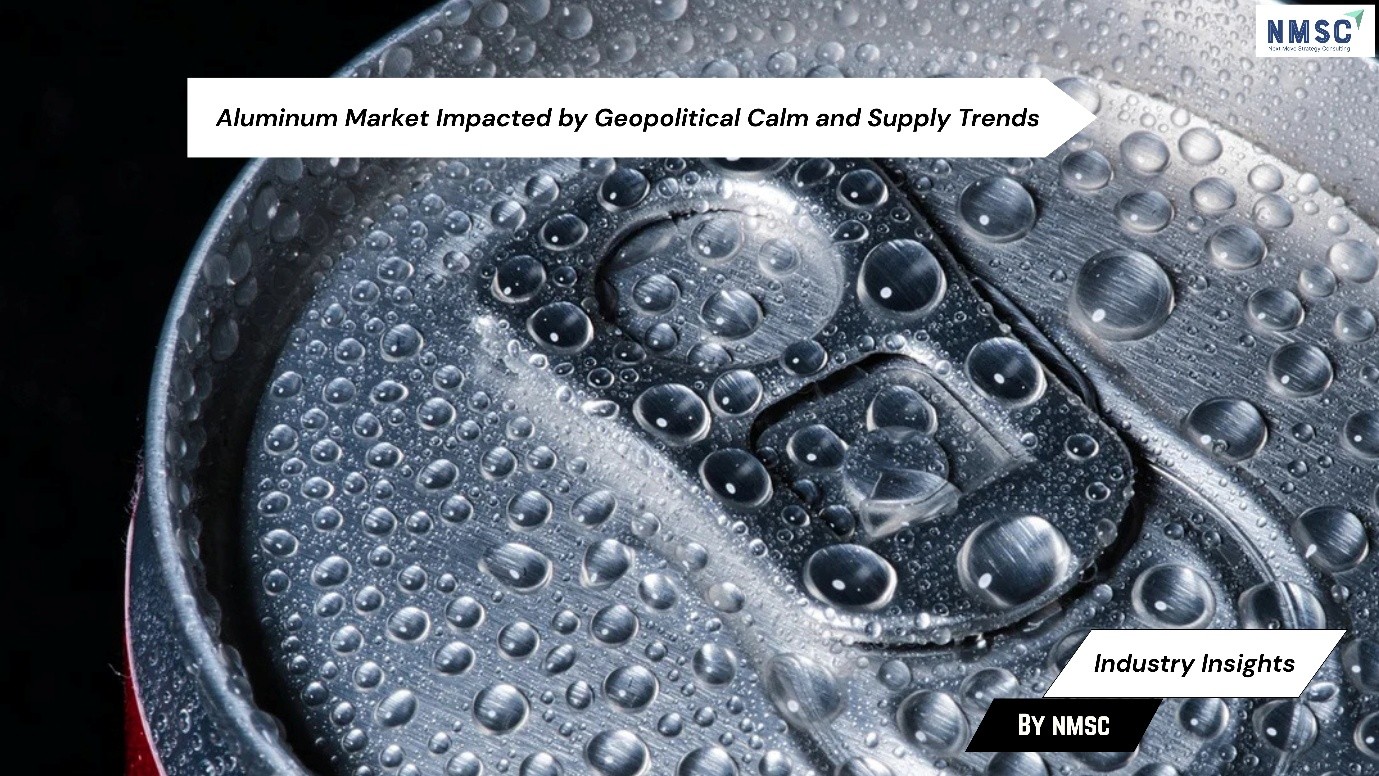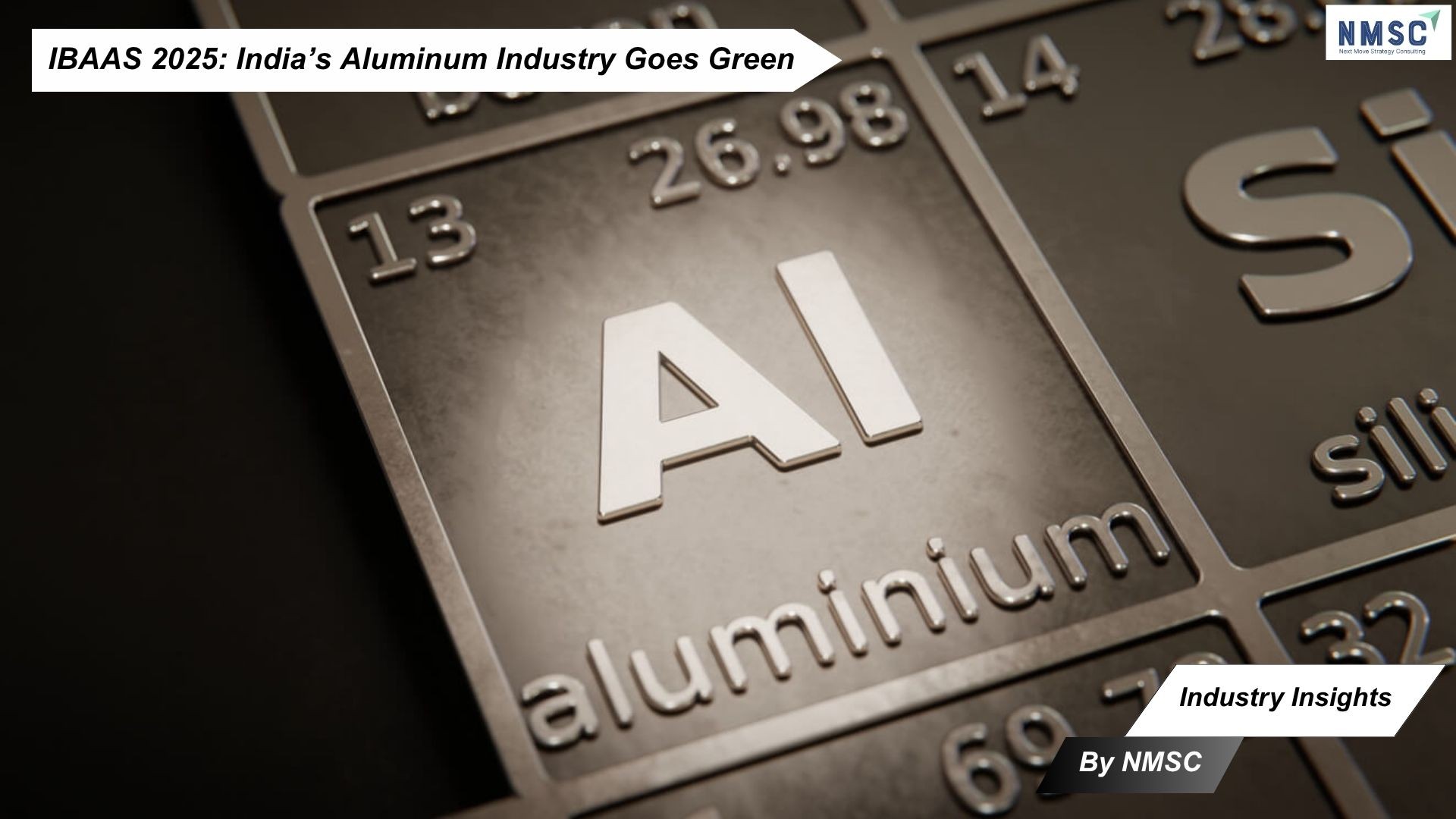Aluminum Market Impacted by Geopolitical Calm and Supply Trends
Published: 2025-09-15

Industry Insights
Aluminum prices slipped by 0.18%, settling at $247.15 per tonne. This key shipping route disruption risk has subsided, reducing near-term upward pressure on prices.
A Nuanced Shift: Geopolitics, Premiums & Production
-
Premium shifts: Japanese buyers accepted a $108/ton premium for Q3—a 41% drop from the previous quarter and the lowest level since Q1 2024, signaling weak demand. U.S. physical premiums dropped over 7%, fueled by speculation of reduced import tariffs from Canada—the leading U.S. aluminum exporter.
-
Production increases: Global primary aluminum output rose 1.5% year on year to 6.245 million t in May. China’s output jumped 5% to 3.74 million tonnes, climbing 4% cumulatively Jan–May—indicating strong supply momentum.
Tight Inventories but Rising Supply Risks
On the supply side, Guinea tensions threaten bauxite access—the essential raw material for aluminum—posing a long-term supply risk.
Technical Indicators & Market Outlook
Open interest increased by 8.31% to 3,977 contracts, suggesting fresh market selling pressure. Support levels stand at $246 and $247; resistance is marked at $248.4 with potential upside to $249.5.
Key Highlights at a Glance:
-
LME spot prices stabilized between $2,200–$2,700/mt since 2024.
-
Premium spread (LME vs. SHFE) tightened from 38¢ in 2024 to 8¢ in 2025; SHFE spread doubled year-over-year.
-
Global spot premiums in Europe and Asia declined, while U.S. premiums climbed post-tariff.
Dominating Region
Asia Pacific currently dominates the global aluminum market, representing the largest regional share. A key driver is the flourishing cosmetics packaging industry, which relies heavily on aluminum for products like tubes, bottles, jars, and aerosol cans. Moreover, the rapidly expanding automotive and construction sectors — driven by urbanization and electrification efforts — further bolster demand in the region.
Scalable Strategies Amid Structural Risks
Despite a bullish long-term outlook, Hobbs cautioned overcapacity risks in emerging regions. While China has hit near-government-mandated production caps (~44 Mt/year), producers in GCC and non-Chinese Asia are ramping up. Concord advises firms to assess regional expansion carefully to mitigate price dilution and oversupply in a tightening global market.
Prepared by: Next Move Strategy Consulting
















Add Comment